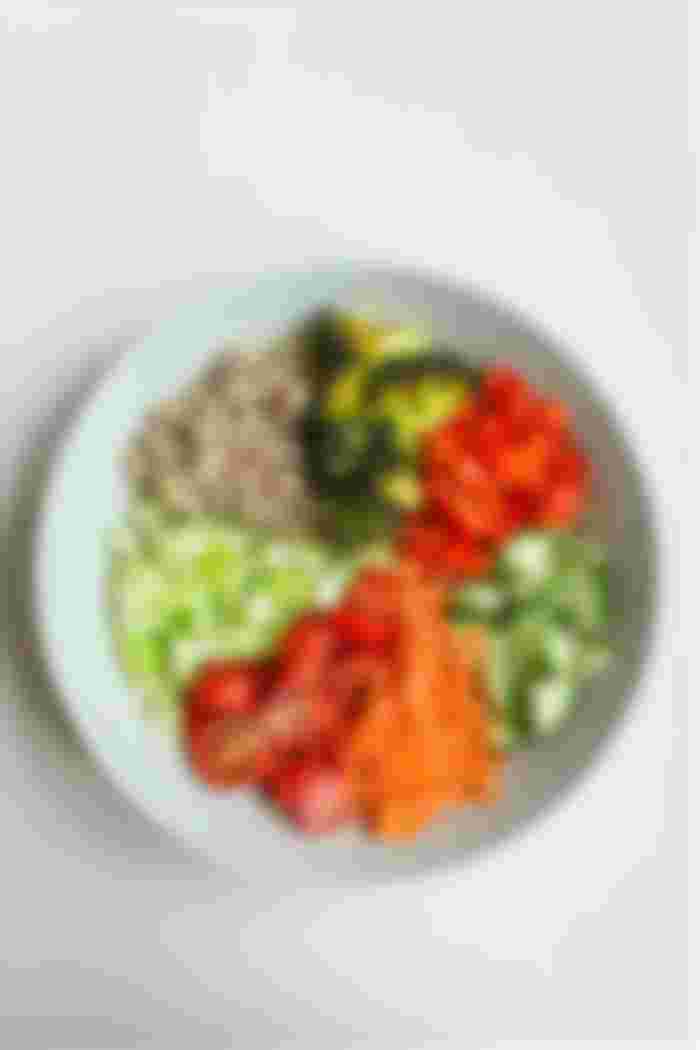To Create A Heart-Healthy Diet, Try These Simple Swaps

If you have heart disease, your diet is extremely important in managing your health. Making the switch to a heart-healthy diet doesn't have to mean settling for bland or boring meals.
"With simple swaps, you'll discover there are many ways to add flavour and variety to your meals and even enjoy eating out," says Antigone Senn, RDN, a registered dietitian with Henry Ford Health's Department of Preventive Cardiology. "These strategies can benefit anyone who wants to improve their overall health by controlling their blood pressure, cholesterol, and weight."
Make Healthy Substitutions
Senn suggests focusing on three areas as a first step toward a heart-healthy diet: fats (both saturated and trans fats), sodium, and fibre.
Saturated fats should be reduced.
We all require some fat in our diet to provide energy, protect our organs, and aid in vitamin absorption. Certain fats, however, such as saturated fats, can be harmful to our health. Saturated fats are solid at room temperature and contain a high percentage of fatty acids. These fats can be found in animal products such as butter, dairy, and fatty meats.
Saturated fat raises low-density lipoproteins (LDL), also known as "bad" cholesterol. As LDL levels rise, extra cholesterol in your body combines with other substances to form plaque, a sticky substance. Plaque buildups in the body can increase your risk of a heart attack or stroke by obstructing arteries.
Senn advises patients with heart disease to consume no more than 16 grammes of saturated fat per day in order to control their cholesterol.
You can reduce saturated fat in your diet by making the following healthy substitutions:
.Nonfat or low-fat dairy products: Dairy products contain nutrients such as calcium, vitamin D, phosphorus, and potassium. Nonfat and low-fat milk contain the same nutrients as whole milk but contain less fat and calories. If you prefer soy or almond milk, look for products that are vitamin D and calcium fortified.
.Consume lean meats and poultry: Include chicken or turkey breasts, ground chicken or turkey, and lean cuts of meat in your meals. Trim any excess fat before cooking and drain any excess fat afterward.
Trans fats must be avoided.
Trans fats are classified into two types: trans fats derived from animal products and artificial trans fats found in a variety of processed foods such as fried foods, premade baked goods, and frozen entrees.
Trans fats, like saturated fats, raise LDL cholesterol, increasing your risk of plaque buildup. Trans fats also reduce high-density lipoprotein (HDL) cholesterol, also known as "good" cholesterol. As a result, HDL is unable to perform its function of transporting "bad" cholesterol from the arteries to the liver, where it is broken down.
Senn advises avoiding trans fats in your diet. Consider the following healthy alternatives:
.Healthy oils to use when cooking: When cooking lean proteins or vegetables, use avocado, grapeseed, olive, or walnut oil.
.Make use of tub margarine: Choose tub margarine with a liquid oil as the first ingredient, such as olive oil.
Reduce your sodium intake.
Table salt contains sodium as one of its constituents. Sodium is also used as a preservative in many processed foods. Excess sodium in your body can cause fluid buildup, putting additional strain on your heart. If you have heart disease, you should keep your sodium intake to 1,500 milligrammes per day.
"Remove the salt shaker from the table to avoid adding salt after your meal is ready," Senn advises. She also recommends the following strategies for reducing salt while adding flavour to your meals:
.Choose low-sodium packaged foods: Look for low-sodium canned or frozen foods such as broths, soups, and vegetables.
.Cook more at home: Preparing more of your meals at home is a simple way to reduce the amount of salt you consume. Make vegetable-packed soups from scratch. Grilled lean poultry, meat, or fish with potatoes and fresh vegetables.
.Take precautions with condiments: Many salad dressings, sauces, and toppings have higher levels of salt than you might expect. Instead, opt for low-sodium options and keep your portion sizes in check.
.Add fresh citrus juice and herbs to the following foods: Fresh lemon or lime juice and fresh chopped herbs can add a lot of flavour to dishes that would normally be seasoned with salt. If you don't have fresh herbs on hand, dried herbs will suffice.
Increase the Fiber
Fiber aids in the control of cholesterol and blood pressure. It also keeps you fuller for longer, which aids in weight management. Many people, unfortunately, do not consume enough fibre. "We recommend 25 to 30 grammes of fibre per day." "The average American consumes only 12 grammes," says Senn.
Including fiber-rich foods in your diet can help your heart health. Consuming more fruits, vegetables, legumes (beans and peas), and whole grains is a simple way to achieve this.
Choose Heart-Healthy Options When Going Out to Eat
When dining out or picking up a to-go meal, you can still maintain a heart-healthy diet. Look for key words in the menu to identify healthy options.
To avoid dishes that are high in fat, salt, and calories, avoid menu items such as:
.Whether battered or breaded
.Butter, cheese, cream, or hollandaise sauce
.Deep-fried, "Southern-style," or tempura-style
Instead, opt for dishes that are:
.Whether baked, boiled, or broiled
.grilling or lightly sautéing
.Whether poached, roasted, or steamed
Also, when eating out, keep an eye on your portion size. Don't be afraid to request a box for your leftovers if a serving is larger than the recommended portion size!
Do you still have questions about a particular menu item? Inquire with your server about how dishes are prepared and make a healthy substitution. Most restaurants will let you replace French fries with grilled vegetables or a salad.
Transitioning to a heart-healthy diet may feel like a lot of work, but be creative with your meals and try new recipes. "Your taste buds will adapt, and you'll discover a whole new world of flavours," Senn says.

The Alternative link is pretty excellent